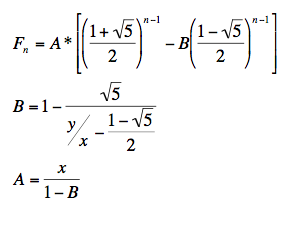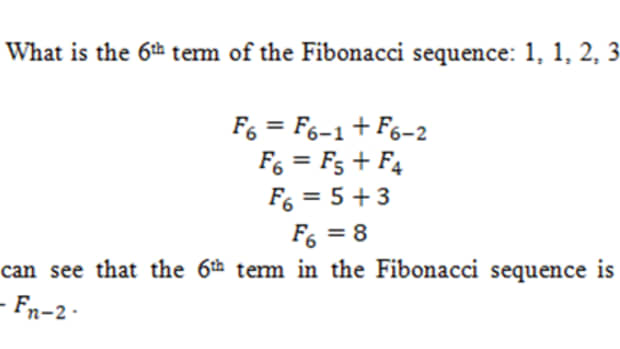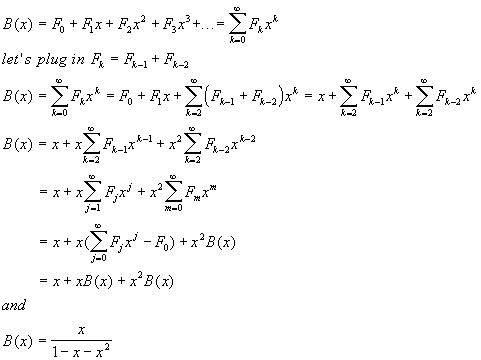

True or False: At any generation, there are always more immature rabbits than mature rabbits.

How many pairs of breeding rabbits are there at the 8th generation? How many pairs of immature rabbits are there at the 8th generation? How many pairs of rabbits are there at the 8th generation? There are many more levels of self-similarity throughout the family tree. For example, starting at generation 3, the left branch resembles the whole family tree, and starting at generation 4 the right branch Note the fractal structure of the family tree. The number of rabbit pairs in a given generation is the sum of the number of rabbit pairs in the previous two generations. The process continues like this, and the family tree grows with the total number of rabbits at a given generation being a number in theįibonacci Sequence. Generation, the first pair produces another pair, and the second pair is old enough that it also produces another pair, and now there are five pairs. At the third generation, the rabbits can breed, and they produce a new pair, so there are now two pairs of rabbits.Īt the fourth generation, the first pair produces another pair, while the second pair is still too young to reproduce, so there are now three pairs. Starting at the top, at the first generation (or iteration), there is one pair of newborn rabbits, but it is too young to breed. Each point represents a pair of rabbits, not a single individual.Įmpty dots represent immature rabbit pairs, while filled dots represent mature rabbit pairs capable of breeding. The image below charts the development of the rabbit family tree, moving from top to bottom.

Memory science has shown that the “curve of forgetting” is steeper when you first learn something but becomes shallower with each timely review. Total Recall – Dynamic Spaced Repetition LearningĪchieve total recall through spaced repetition The formulas are smart, meaning that your level of recall (how difficult or easy it was to recall) factors into the calculation of the next review date. I used Fibonacci's number sequence in my formula to fit this better for students who may only have a limited number of weeks before next exam. I've seen a decent number of spaced repetition templates out there, but most are generally geared for longer periods of learning. Hello all! I've published a new template for those of us who have to cram a lot of information into our brains in not a lot of time (🧠🔨).


 0 kommentar(er)
0 kommentar(er)
